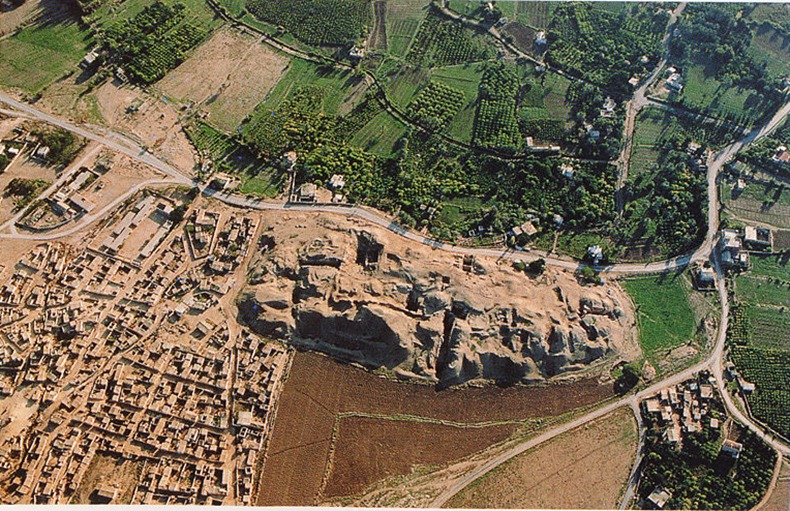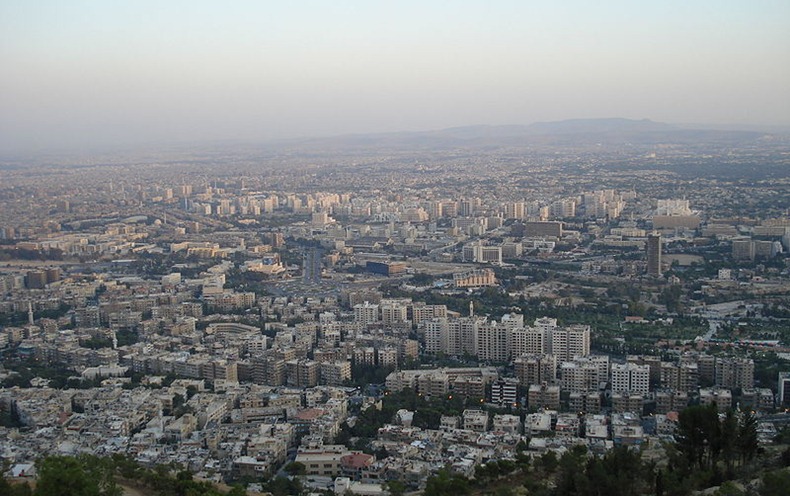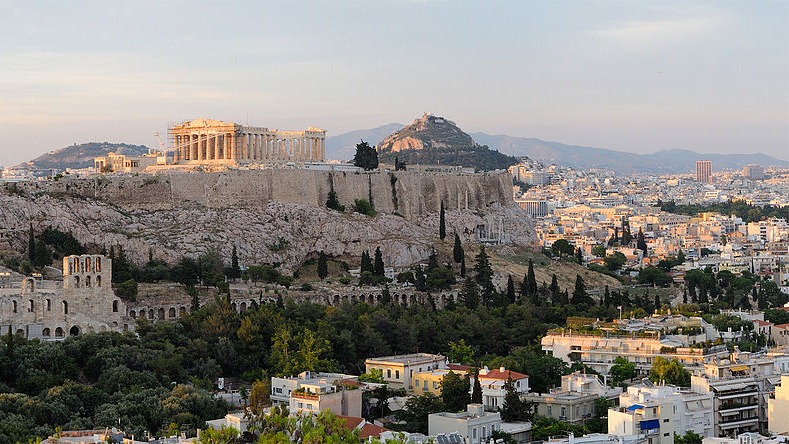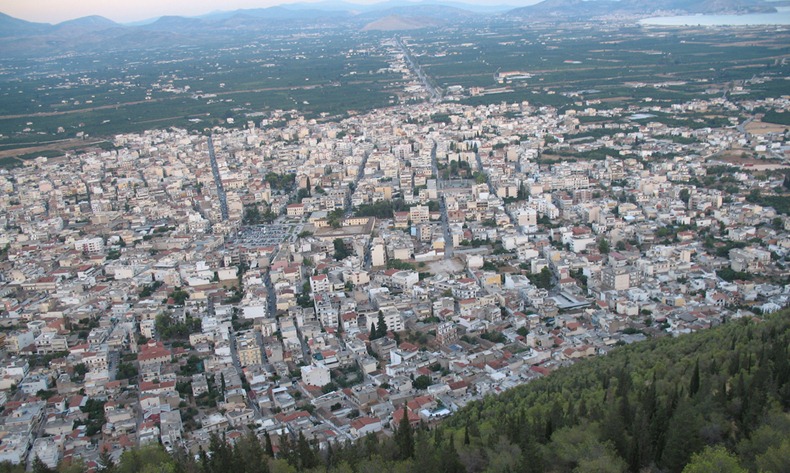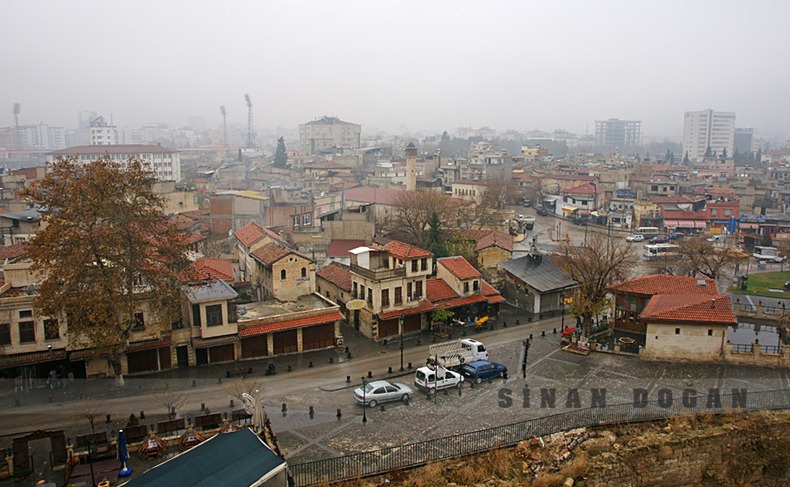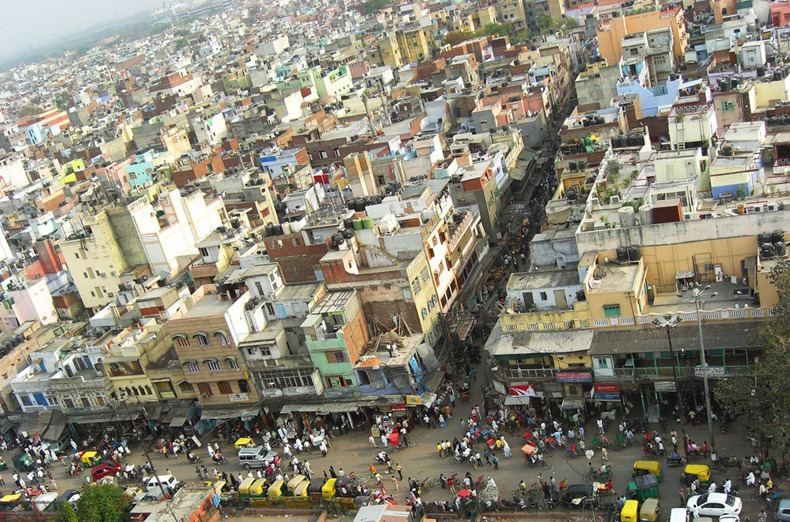Monday 9 July 2012
[PF:169706] Divine retributions are continuing on the tyrant kaafirs as an end result of the persecutions on Muslims
pls visit: http://al-ihsan.net/FullText.aspx?subid=6&textid=9457
--
From:
[Pak-Friends] Group Member
Visit Group: http://groups.google.com/group/Karachi-786
Subscription: http://groups.google.com/group/karachi-786/subscribe
===========================================================
¸,.-~*'¨¯¨'*·~-.¸¸,.-~*'[PäK¤.¸.¤F®ï£ñD§]'*·~-.¸¸,.-~*'¨¯¨'*·~-.¸
===========================================================
All members are expected to follow these Simple Rules:
-~----------~----~----~----~------~----~------~--~---
Be Careful in Islamic Discussions;
Bad language and insolence against Prophets (and / or their companions, Islamic Scholars, and saints) is an Instant ban.
Abuse of any kind (to the Group, or it's Members) shall not be tolerated.
SPAM, Advertisement, and Adult messages are NOT allowed.
This is not Dating / Love Group, avoid sending personnel messages to group members.
Do not post anything linked to (or in favor of) facebook.
Thanks
Re: {Kantakji Group}. Add '11142' كيف نفرق بين همزة الوصل وهمزة القطع؟
--
كيف نفرق بين همزة الوصل وهمزة القطع؟
همزة الوصل هي التي يُتوصل بها إلى النطق الساكن، وتُنطق في بدء الكلام ولا تُنطق في أثناء وصله بما قبله، ولا يُكتب فوقها همزة، ومواضعها ثلاثة؛ ماضي الفعل الخماسي وأمره ومصدره مثل: اقْتَصَدَ، ادَّخَرَ، اقْتَصِدْ، ادَّخِرْ، اقْتِصَاد، ادِّخَار. وأمر الفعل الثلاثي مثل: اذْهَبْ، و"ال" التعريفية مثل: الاقْتِصَاد، الادِّخَار.
أمّا همزة القطع فهي التي تُنطق في بدء الكلام وفي وصله، ومواضعها بقيّة الحالات عدا حالات الوصل.
وللتفريق بسهولة بين همزة الوصل والقطع، نقوم بإدخال حرف الفاء أو الواو فإذا نطقناها كانت همزة قطع، وإذا اختفت في النطق كانت همزة وصل.
الأستاذ/ الطاهر قانة
جامعة باتنة - الجزائر
You received this message because you are subscribed to the Google Groups "Kantakji Group" group.
To post to this group, send email to kantakjigroup@googlegroups.com
To unsubscribe from this group لفك الاشتراك من المجموعة أرسل للعنوان التالي رسالة فارغة, send email to kantakjigroup+unsubscribe@googlegroups.com
For more options, visit this group at
http://groups.google.com/group/kantakjigroup?hl=en
سياسة النشر في المجموعة:
ترك ما عارض أهل السنة والجماعة... الاكتفاء بأمور ذات علاقة بالاقتصاد الإسلامي وعلومه ولو بالشيء البسيط، ويستثنى من هذا مايتعلق بالشأن العام على مستوى الأمة... عدم ذكر ما يتعلق بشخص طبيعي أو اعتباري بعينه باستثناء الأمر العام الذي يهم عامة المسلمين... تمرير بعض الأشياء الخفيفة المسلية ضمن قواعد الأدب وخاصة منها التي تأتي من أعضاء لا يشاركون عادة، والقصد من ذلك تشجيعهم على التفاعل الإيجابي... ترك المديح الشخصي...إن كل المقالات والآراء المنشورة تُعبر عن رأي أصحابها، ولا تعبّر عن رأي إدارة المجموعة بالضرورة.
You received this message because you are subscribed to the Google Groups "Kantakji Group" group.
To post to this group, send email to kantakjigroup@googlegroups.com
To unsubscribe from this group لفك الاشتراك من المجموعة أرسل للعنوان التالي رسالة فارغة, send email to kantakjigroup+unsubscribe@googlegroups.com
For more options, visit this group at
http://groups.google.com/group/kantakjigroup?hl=en
سياسة النشر في المجموعة:
ترك ما عارض أهل السنة والجماعة... الاكتفاء بأمور ذات علاقة بالاقتصاد الإسلامي وعلومه ولو بالشيء البسيط، ويستثنى من هذا مايتعلق بالشأن العام على مستوى الأمة... عدم ذكر ما يتعلق بشخص طبيعي أو اعتباري بعينه باستثناء الأمر العام الذي يهم عامة المسلمين... تمرير بعض الأشياء الخفيفة المسلية ضمن قواعد الأدب وخاصة منها التي تأتي من أعضاء لا يشاركون عادة، والقصد من ذلك تشجيعهم على التفاعل الإيجابي... ترك المديح الشخصي...إن كل المقالات والآراء المنشورة تُعبر عن رأي أصحابها، ولا تعبّر عن رأي إدارة المجموعة بالضرورة.
{Kantakji Group}. Add '11141' كيف نفرق بين همزة الوصل وهمزة القطع؟
كيف نفرق بين همزة الوصل وهمزة القطع؟
همزة الوصل هي التي يُتوصل بها إلى النطق الساكن، وتُنطق في بدء الكلام ولا تُنطق في أثناء وصله بما قبله، ولا يُكتب فوقها همزة، ومواضعها ثلاثة؛ ماضي الفعل الخماسي وأمره ومصدره مثل: اقْتَصَدَ، ادَّخَرَ، اقْتَصِدْ، ادَّخِرْ، اقْتِصَاد، ادِّخَار. وأمر الفعل الثلاثي مثل: اذْهَبْ، و"ال" التعريفية مثل: الاقْتِصَاد، الادِّخَار.
أمّا همزة القطع فهي التي تُنطق في بدء الكلام وفي وصله، ومواضعها بقيّة الحالات عدا حالات الوصل.
وللتفريق بسهولة بين همزة الوصل والقطع، نقوم بإدخال حرف الفاء أو الواو فإذا نطقناها كانت همزة قطع، وإذا اختفت في النطق كانت همزة وصل.
الأستاذ/ الطاهر قانة
جامعة باتنة - الجزائر
[PF:169699] Special Treatments


































_

--
From:
[Pak-Friends] Group Member
Visit Group: http://groups.google.com/group/Karachi-786
Subscription: http://groups.google.com/group/karachi-786/subscribe
===========================================================
¸,.-~*'¨¯¨'*·~-.¸¸,.-~*'[PäK¤.¸.¤F®ï£ñD§]'*·~-.¸¸,.-~*'¨¯¨'*·~-.¸
===========================================================
All members are expected to follow these Simple Rules:
-~----------~----~----~----~------~----~------~--~---
Be Careful in Islamic Discussions;
Bad language and insolence against Prophets (and / or their companions, Islamic Scholars, and saints) is an Instant ban.
Abuse of any kind (to the Group, or it's Members) shall not be tolerated.
SPAM, Advertisement, and Adult messages are NOT allowed.
This is not Dating / Love Group, avoid sending personnel messages to group members.
Do not post anything linked to (or in favor of) facebook.
Thanks
[PF:169698] 11 Continuously Inhabited Oldest Cities in the World
From: iqbal sheikh <iqbalyat@gmail.com>
Date: 9 July 2012 14:08
Subject: Fwd: ! Brilliant - Pakistan ! 11 Continuously Inhabited Oldest Cities in the World
To: hayat khan <khanhayat454@gmail.com>
From: M G <striking29@hotmail.com>
Date: 9 July 2012 09:32
Subject: ! Brilliant - Pakistan ! 11 Continuously Inhabited Oldest Cities in the World
To: brilliant-pakistan@yahoogroups.com

--
From:
[Pak-Friends] Group Member
Visit Group: http://groups.google.com/group/Karachi-786
Subscription: http://groups.google.com/group/karachi-786/subscribe
===========================================================
¸,.-~*'¨¯¨'*·~-.¸¸,.-~*'[PäK¤.¸.¤F®ï£ñD§]'*·~-.¸¸,.-~*'¨¯¨'*·~-.¸
===========================================================
All members are expected to follow these Simple Rules:
-~----------~----~----~----~------~----~------~--~---
Be Careful in Islamic Discussions;
Bad language and insolence against Prophets (and / or their companions, Islamic Scholars, and saints) is an Instant ban.
Abuse of any kind (to the Group, or it's Members) shall not be tolerated.
SPAM, Advertisement, and Adult messages are NOT allowed.
This is not Dating / Love Group, avoid sending personnel messages to group members.
Do not post anything linked to (or in favor of) facebook.
Thanks
[PF:169698] : Interesting Confusion's

--
From:
[Pak-Friends] Group Member
Visit Group: http://groups.google.com/group/Karachi-786
Subscription: http://groups.google.com/group/karachi-786/subscribe
===========================================================
¸,.-~*'¨¯¨'*·~-.¸¸,.-~*'[PäK¤.¸.¤F®ï£ñD§]'*·~-.¸¸,.-~*'¨¯¨'*·~-.¸
===========================================================
All members are expected to follow these Simple Rules:
-~----------~----~----~----~------~----~------~--~---
Be Careful in Islamic Discussions;
Bad language and insolence against Prophets (and / or their companions, Islamic Scholars, and saints) is an Instant ban.
Abuse of any kind (to the Group, or it's Members) shall not be tolerated.
SPAM, Advertisement, and Adult messages are NOT allowed.
This is not Dating / Love Group, avoid sending personnel messages to group members.
Do not post anything linked to (or in favor of) facebook.
Thanks
[PF:169695] Who You Are .... (THOUGHTS).
|

--
From:
[Pak-Friends] Group Member
Visit Group: http://groups.google.com/group/Karachi-786
Subscription: http://groups.google.com/group/karachi-786/subscribe
===========================================================
¸,.-~*'¨¯¨'*·~-.¸¸,.-~*'[PäK¤.¸.¤F®ï£ñD§]'*·~-.¸¸,.-~*'¨¯¨'*·~-.¸
===========================================================
All members are expected to follow these Simple Rules:
-~----------~----~----~----~------~----~------~--~---
Be Careful in Islamic Discussions;
Bad language and insolence against Prophets (and / or their companions, Islamic Scholars, and saints) is an Instant ban.
Abuse of any kind (to the Group, or it's Members) shall not be tolerated.
SPAM, Advertisement, and Adult messages are NOT allowed.
This is not Dating / Love Group, avoid sending personnel messages to group members.
Do not post anything linked to (or in favor of) facebook.
Thanks
